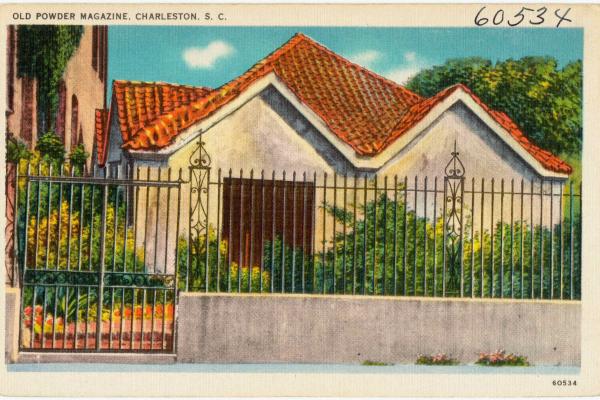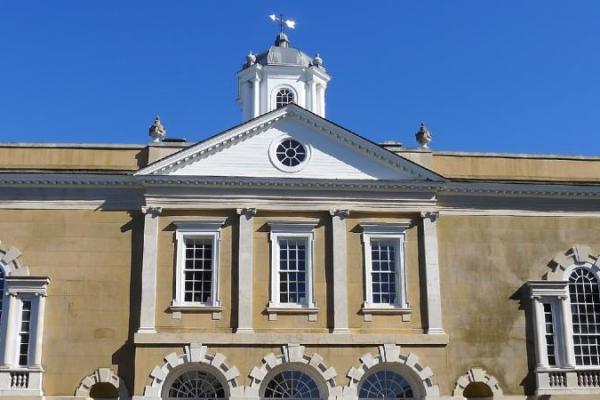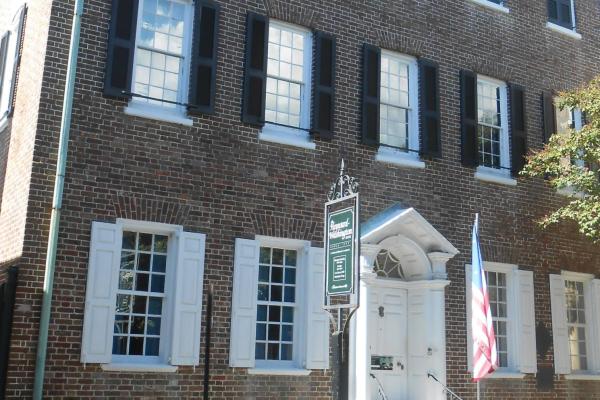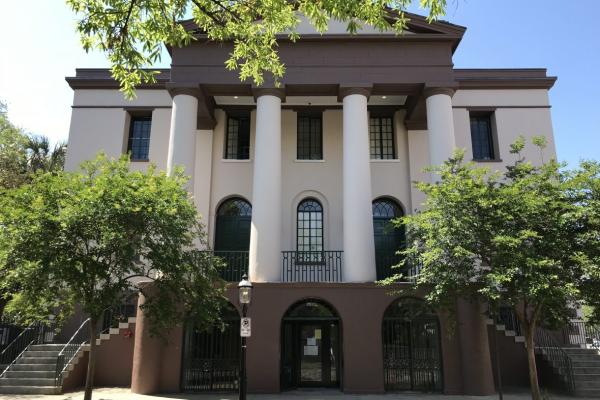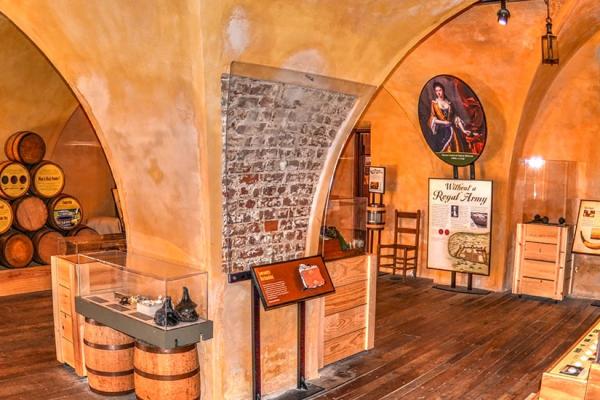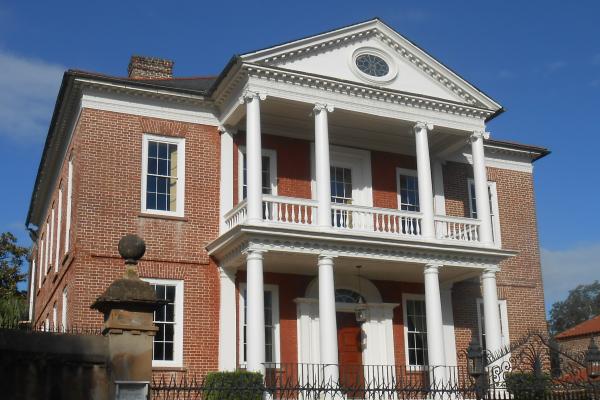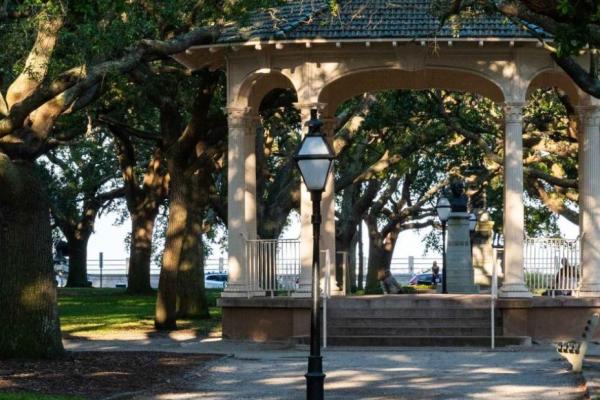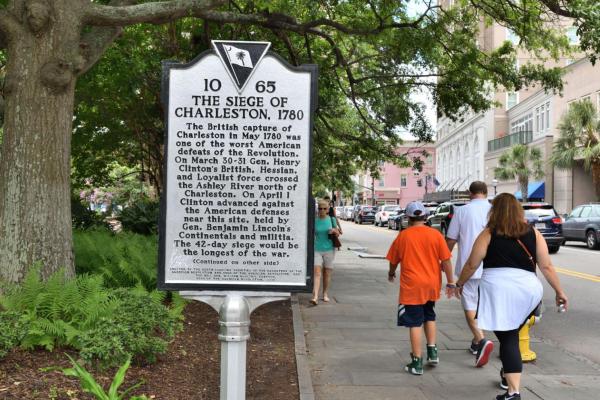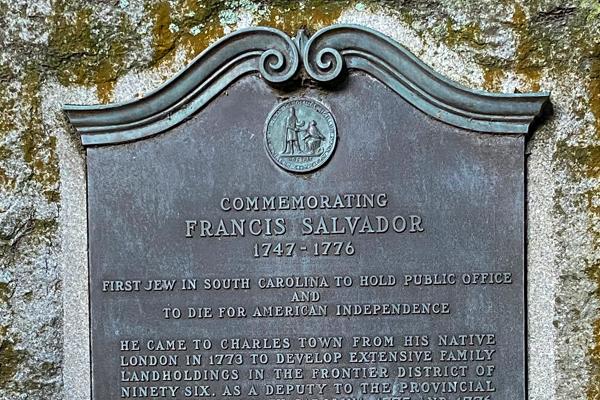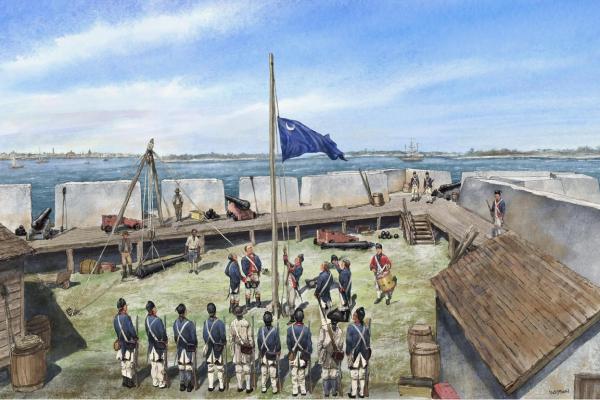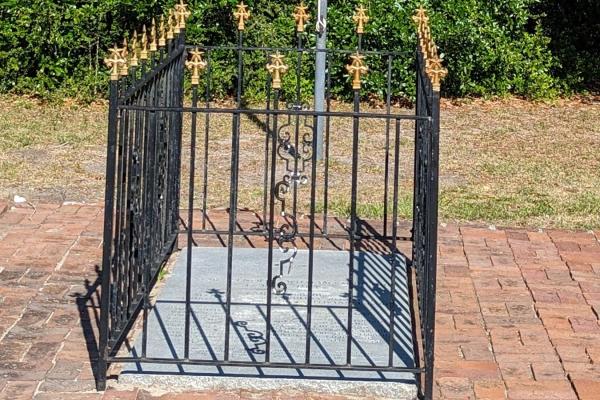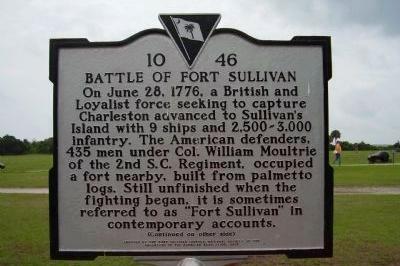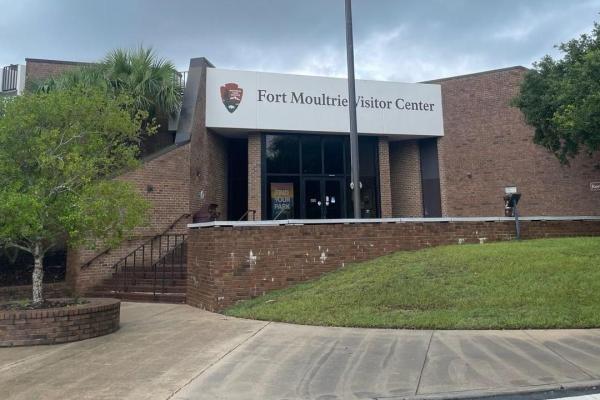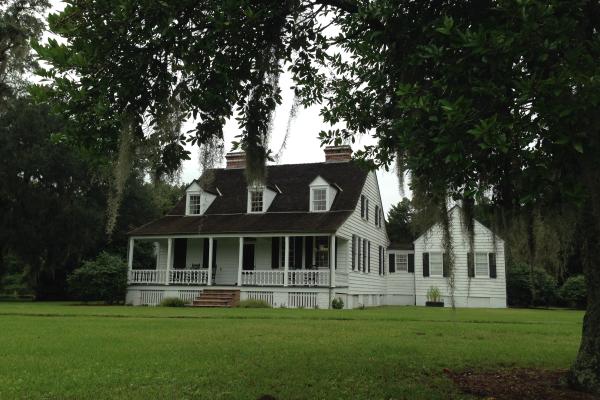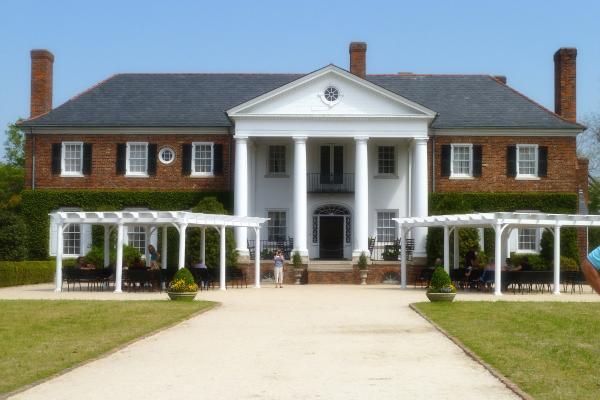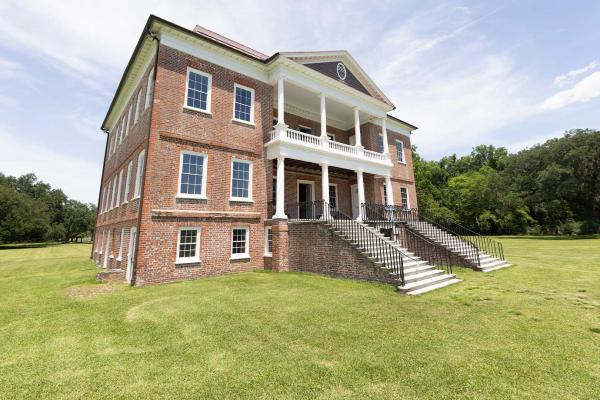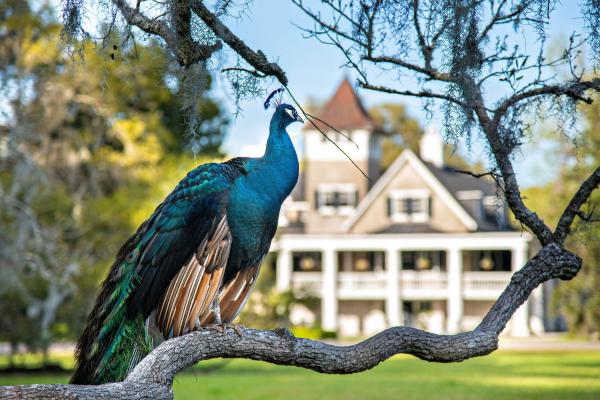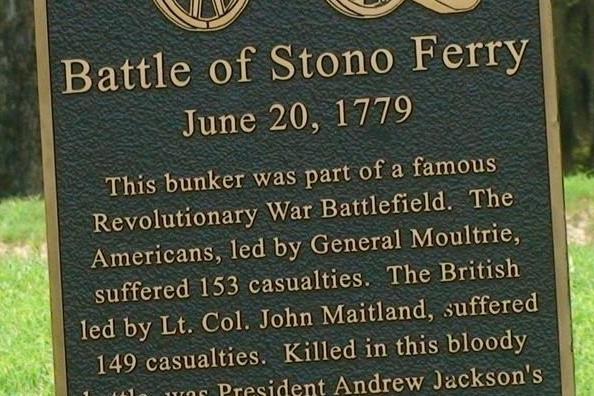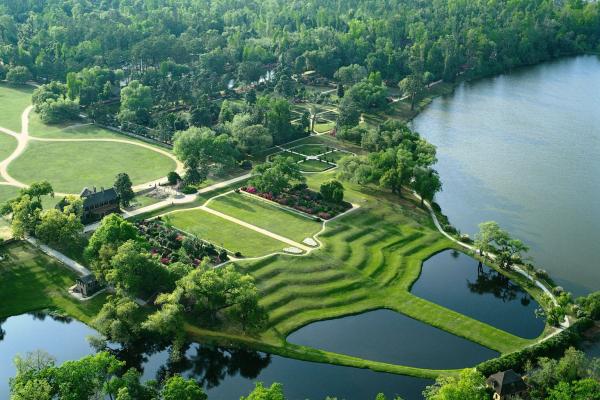From the colonial era to the modern preservation movement, the Old Exchange's story is intertwined with all eras of Charleston history. Visit us and discover the important roles this historic site has played in local, state, and national history. Completed in 1771, the Old Exchange Building is a Charleston landmark and the site of some of the most important events in South Carolina history. Over the last two and a half centuries, the building has been a commercial exchange, custom house, post office, city hall, military headquarters, and museum.
Previously the property of the British, United States, Confederate, and Charleston city governments, the Old Exchange Building is today owned by the South Carolina State Society of the Daughters of the American Revolution and operated by the City of Charleston.
The Provost Dungeon
During the American Revolution, British forces converted the bottom floor of the Exchange into a military prison known as the Provost or “dungeon.” American prisoners of war, British soldiers, private citizens, and enslaved people all endured its harsh confines.
George Washington's Southern Tour
In 1791, city leaders entertained President George Washington at the Exchange with a series of lavish dinners, concerts, and dances, attended by hundreds of members of Charleston’s elite.
The Ratification of the United States Constitution
Previously a meeting place for local Patriots, the Exchange in 1788 hosted South Carolina leaders as they debated and approved the U. S. Constitution. Today, the Old Exchange Building is one of only three structures remaining where the nation’s founding document was originally ratified.
The Domestic Slave Trade
Between the American Revolution and the Civil War, the Exchange was Charleston’s most common destination for public slave auctions, making the site one of the most important in the history of the domestic slave trade.
The Half-Moon Battery
Finished in 1701 and excavated from underneath the Old Exchange Building in 1965, the Half-Moon Battery is the only standing portion of the original Charles Town city wall that is open for public viewing.
Architecture
One of the country’s premiere examples of Georgian-Palladian design, the Exchange was constructed from the finest materials available as a symbol of colonial Charles Town’s wealth and power.

